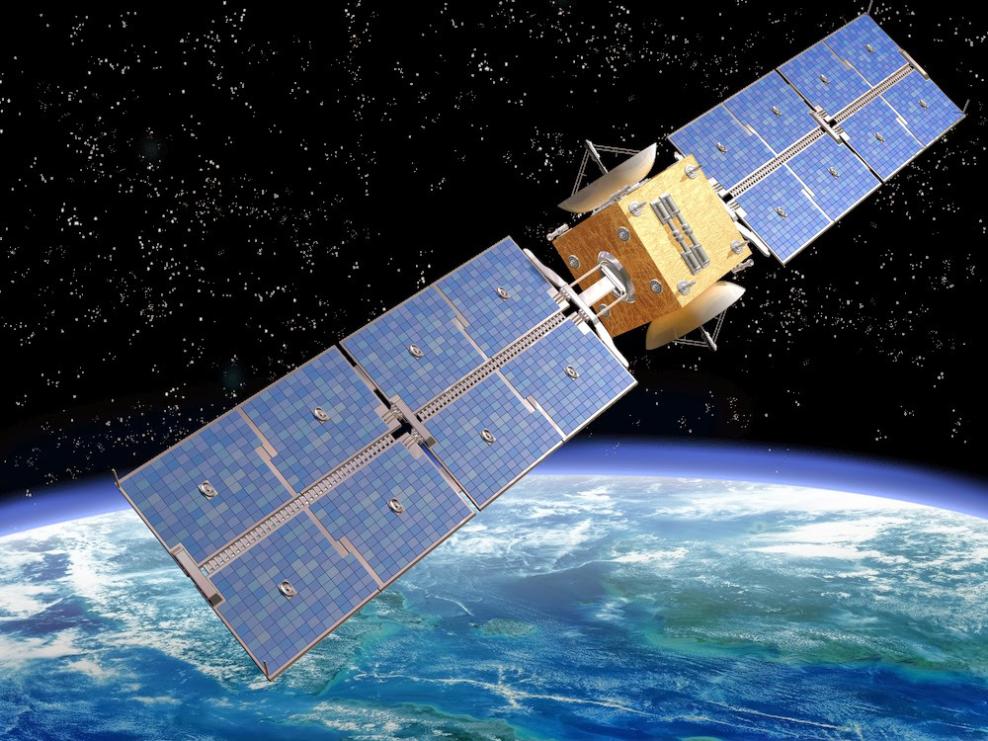How Can Satellite Data Remote Sensing Improve Agricultural Practices?
As the global population continues to grow, the demand for food production increases. To meet this demand, agricultural practices must become more sustainable and efficient. Satellite data remote sensing offers a powerful tool for farmers and agricultural stakeholders to improve their practices and increase productivity.

Benefits Of Satellite Data Remote Sensing In Agriculture
- Crop Monitoring: Satellite data provides timely and accurate information on crop health, growth, and yield potential. This information can be used to identify areas with stress or disease for targeted interventions, reducing crop losses and improving yields.
- Land Use Optimization: Satellite data can be used to analyze land use patterns and identify suitable areas for cultivation. This information can help farmers optimize their land use, improve crop rotation planning, and increase overall productivity.
- Irrigation Management: Satellite data can be used to monitor soil moisture levels and identify areas requiring irrigation. This information can help farmers optimize water usage, reduce water wastage, and improve crop yields.
- Pest and Disease Detection: Satellite data can be used to detect pest infestations and disease outbreaks early. This information can help farmers apply pesticides and fungicides in a targeted manner, reducing chemical usage and improving crop health.
- Yield Forecasting: Satellite data can be used to estimate crop yields based on historical data and current growing conditions. This information can help farmers plan their marketing strategies, optimize pricing, and manage their supply chain more effectively.
Applications Of Satellite Data Remote Sensing In Agricultural Practices
- Precision Agriculture: Satellite data is used to guide variable-rate application of inputs such as fertilizers and pesticides. This approach optimizes input usage, reduces environmental impact, and improves crop yields.
- Crop Insurance: Satellite data is used to assess crop damage and determine insurance payouts. This information improves the accuracy and efficiency of claim processing, benefiting farmers and insurance companies alike.
- Agricultural Research: Satellite data is used to study crop responses to different environmental conditions. This information helps researchers develop improved crop varieties and management practices, leading to increased productivity and sustainability.
Challenges And Limitations Of Satellite Data Remote Sensing
- Data Accessibility and Cost: Ensuring timely and affordable access to satellite data for farmers and agricultural stakeholders remains a challenge. Data costs and limited infrastructure can hinder the widespread adoption of satellite data remote sensing.
- Data Interpretation and Analysis: Interpreting and analyzing satellite data requires trained personnel and specialized software. The lack of skilled professionals and accessible tools can limit the effective utilization of satellite data.
- Cloud Cover and Weather Conditions: Cloud cover and adverse weather conditions can affect the availability and accuracy of satellite data. This can be a significant limitation in regions with frequent cloud cover or extreme weather events.
Future Prospects And Advancements
- Integration with IoT and Drones: Combining satellite data with IoT sensors and drone imagery can provide more comprehensive data collection and monitoring of crop health and environmental conditions.
- Machine Learning and Artificial Intelligence: Applying machine learning and AI algorithms to satellite data analysis can automate agricultural processes, improve decision-making, and enhance the efficiency of agricultural practices.
Satellite data remote sensing has the potential to transform agricultural practices and ensure food security for a growing population. By providing valuable information on crop health, land use, irrigation needs, and pest detection, satellite data empowers farmers and agricultural stakeholders to make informed decisions, optimize their operations, and increase productivity. Continued investment in satellite technology, data analysis capabilities, and farmer education is crucial to unlocking the full potential of satellite data remote sensing in agriculture.
YesNo

Leave a Reply